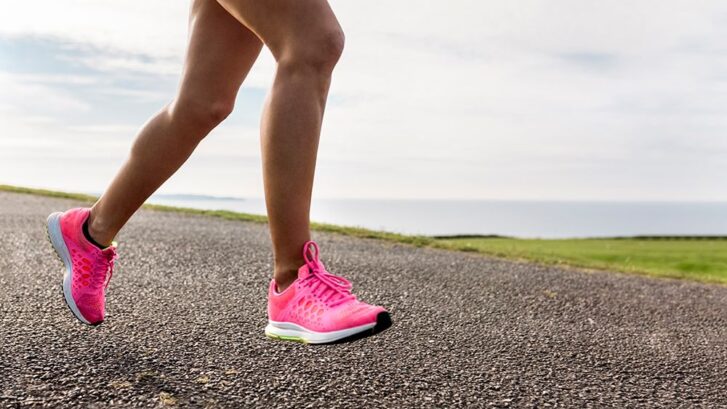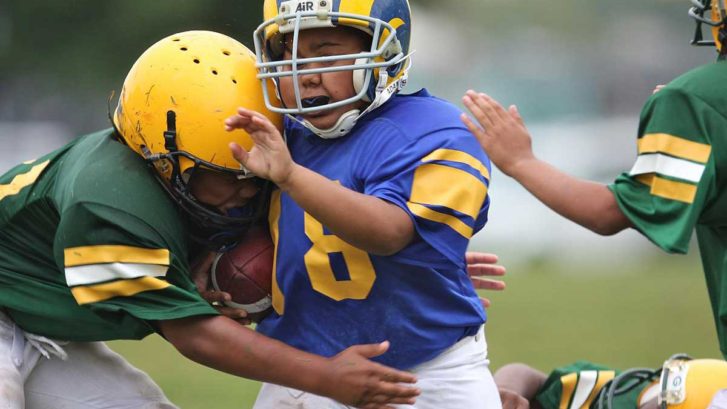Damar Hamlin Brings CPR Into the Spotlight
It was a terrifying moment on the field at the Buffalo Bills-Cincinnati Bengals game earlier this month when Bills safety Damar Hamlin stood up following a hit to the chest and then collapsed on the field.
But the good news is that he seems to be well on his way to a remarkable recovery. So our concierge primary care doctors in Jupiter want to join with so many others who are using the incident to urge everyone to learn the lifesaving cardiopulmonary resuscitation (CPR) technique that helped save his life.
What happened to Hamlin?
First, let’s discuss how a routine hit in a football game drove a man to the brink of death.
While full details are not yet available, it appears he was the victim of a rare phenomenon called “commotio cordis,” or ventricular fibrillation. It occurs when an impact directly to the heart occurs at the precise millisecond of the heartbeat when it becomes susceptible to such a blow, interrupting the rhythm.
In such cases, “there is nothing wrong with the heart,” Dr. Hari Tandri, director of the cardiac arrhythmia program at Vanderbilt University Medical Center in Nashville, Tennessee, told NBC News.
Dr. Comilla Sasson, an emergency medicine physician in Denver and a spokesperson for the American Heart Association (AHA), told NBC: “It’s not about how hard a hit it was. It’s actually about the timing of when the blow happens.”
CBS News medical contributor Dr. David Argus told “CBS Mornings” that he believed Hamlin sustained blunt force trauma to his chest “in the exact right spot, at the exact right moment during his heartbeat,” causing his heart to go into arrhythmia, or “not beat effectively to push blood to the brain,” he explained.
“It happens in Little League baseball,” he added. “A ball is thrown by a pitcher and hits the person in the chest. It happens in soccer where there’s something that causes that blunt force trauma. So, remarkably rare.” So rare, in fact, that he estimated that only about 30 of these cases occur in the U.S. every year.
Hamlin was Lucky
As Hamlin continued to rapidly recover in the days following his collapse, observers credited his survival to the immediate response of medical personnel on the field.
“When someone is having a sudden cardiac arrest emergency for any reason . . . time is absolutely critical,” Matthew Levy, an associate professor of emergency medicine at Johns Hopkins University School of Medicine, told The Washington Post.
“For every minute that someone is in sudden cardiac arrest—every minute where their heart is not beating normally and their body tissue is not getting the oxygen it needs—their [chances of] survival goes down by like seven to 10 percent,” he said. “So time is absolutely of the essence.”
“The key in any cardiac arrest is how quickly and effectively CPR is done,” Aaron Baggish, a Mass General Brigham sports medicine cardiologist and founder of the Cardiovascular Performance Program at Massachusetts General Hospital, told The Post.
“So it has to start soon, and it has to be done well enough to get blood to the brain and the other vital organs for as long as it takes to start the heart again with defibrillation,” he said.
Rapid Response
Which is what happened with Hamlin.
Within seconds of Hamlin’s collapse, assistant athletic trainer Denny Kellington began administering CPR to Hamlin, according to a tweet from Bills offensive lineman Dion Dawkins. Others followed the CPR with use of an automated external defibrillator (AED) before Hamlin was rushed to the hospital.
Observers credited the immediate CPR and AED with saving his life. But only about half of Americans report having received CPR training.
And unfortunately, many people who witness a cardiac arrest are reluctant to perform CPR, either because they don’t know how or are afraid of causing further harm. But Good Samaritan laws in all 50 states protect bystanders who step in to help during an emergency from legal liability.
Florida’s statute provides that “Any person . . . who . . . in good faith renders emergency care or treatment . . . shall not be held liable” for damages. Read the whole law here.
But too few Americans have CPR training, the AHA reports.
A Simple Technique
Formal training, which typically involves practicing on a dummy, is preferable to reading about the technique, doctors say.
“You can certainly learn a lot by reading it online, and you can certainly watch videos and understand and learn the technique, but, ultimately, the best thing is to actually get into a class so you can actually practice,” Dr. Jayne Morgan, a cardiologist at Piedmont Healthcare in Atlanta, told NBC News.
The Cleveland Clinic’s Dr. Michael Emery, a sports cardiologist there, told USA Today that CPR is “the most profound, life-changing thing you could potentially learn and do for someone.”
If you’re interested in someday possibly saving a life, you can find CPR classes near you here.
And if you find yourself in a situation where you need to perform CPR, the AHA recommends doing chest compressions at a rate of 100 to 120 per minute, but in the throes of trying to save a life, it can be difficult to count the precise beats needed to keep up the correct rhythm.
So the AHA created a playlist of over 50 familiar songs on Spotify to help bystanders maintain the beat. Click here to listen!




